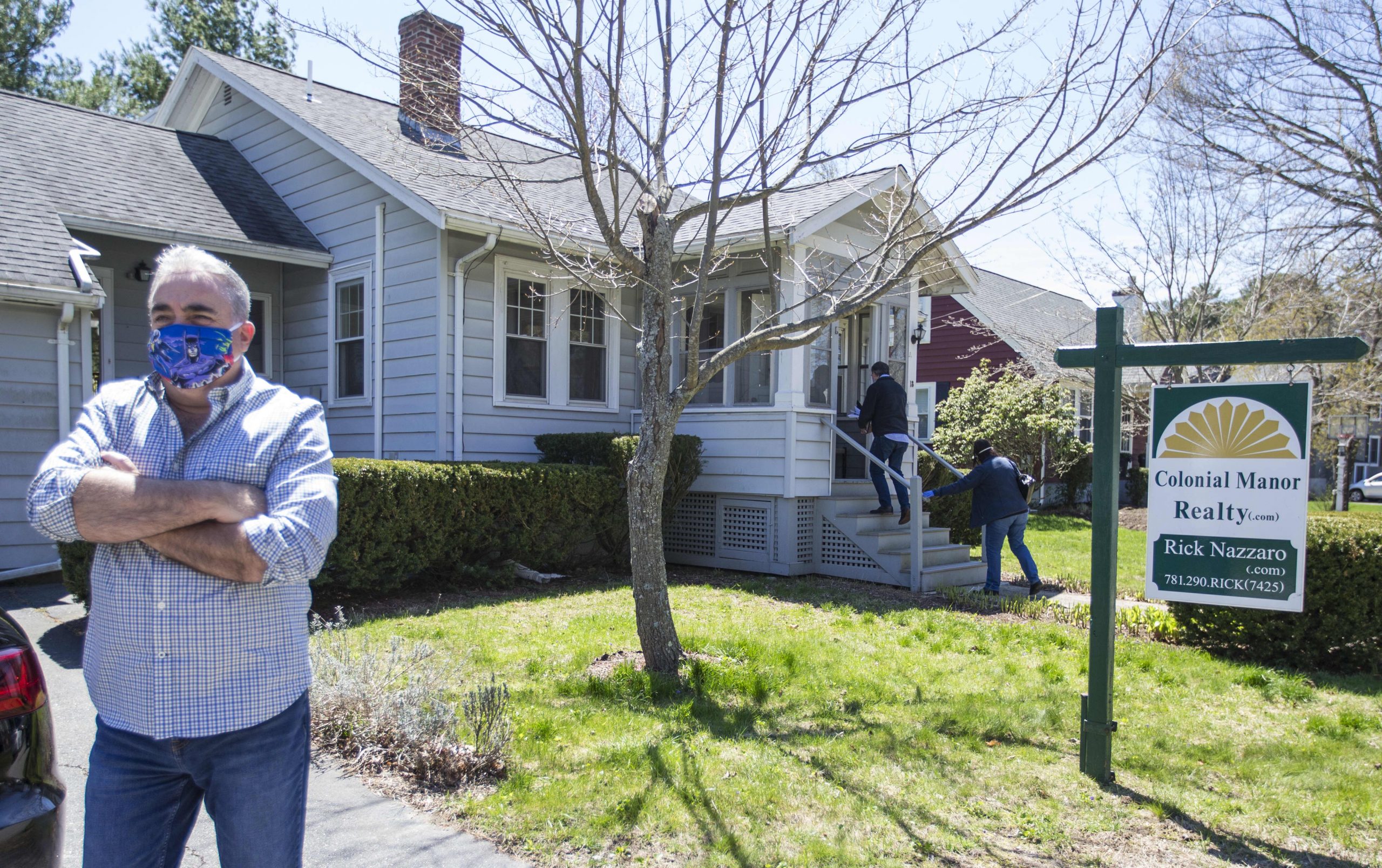
American homeowners are $1 trillion richer as the pandemic-driven housing boom pads their pockets.
As prices rise, home equity multiplies. In the past year, homeowners with mortgages, representing about 63% of all properties, have seen their equity increase by 10.8%, according to CoreLogic.
That equates to a collective $1 trillion in gained equity, or an average $17,000 per homeowner, the largest equity gain in more than six years.
Homeowners in some states saw greater equity gains than others. States with the hottest home prices saw the biggest gains.
In Washington state, homeowners banked an average of $35,800. In California they gained $33,800 and in Massachusetts an average of $31,200.
However, homeowners in North Dakota, which was particularly hard-hit by the coronavirus pandemic, saw the lowest annual equity gain of just $5,400.
“Over the past year, strong home price growth has created a record level of home equity for homeowners,” said Frank Nothaft, chief economist at CoreLogic. “The average family with a home mortgage loan had $194,000 in home equity in the third quarter. This provides an important buffer to protect families if they experience financial difficulties.”
It has contributed to historically low foreclosure rates, although part of that is also due to mortgage forbearance programs put in place at the start of the pandemic. Still, it will help those borrowers who are struggling most and may not be able to keep their homes. They can sell into the market and potentially still make a profit.
Prices are rising so quickly because demand for housing is incredibly strong and supply equally lean. The work- and school-from-home culture of the pandemic only increased demand that had already been rising, as the millennial generation aged into their homeowning years. Mortgage rates, which have set 14 record lows so far this year, have helped even more buyers get in the game.
So far, homebuying has not eased much, especially for newly built homes. Signed contracts on existing homes, however, fell slightly in September and October. This may be less a demand issue and more a problem with continued tight supply, as well as weakening affordability.
Some, however, claim the run on housing may actually be running out of steam.
“With pent-up demand from the spring now largely expended, mortgage interest rates unlikely to fall further, inventory at record lows and early signs that the exodus from cities is slowing, home sales will edge back further over 2021,” wrote Matthew Pointon, property economist at Capital Economics. “That, alongside tight credit conditions, suggest the current boom in house prices will prove short-lived.”
The exodus from major cities also appears to be slowing, with some buyers heading back in looking for bargains.
While home price gains may ease, prices are unlikely to weaken dramatically, simply because of the supply and demand imbalance. That will continue to help those borrowers who have the least amount of equity.
As it stands now, the share of borrowers in a negative equity position, owing more on their mortgages than their homes are worth, is down more than 18% from a year ago. There are now just 3%, 1.6 million mortgaged properties, in a negative equity position.


 Signal2forex.com - Best Forex robots and signals
Signal2forex.com - Best Forex robots and signals




